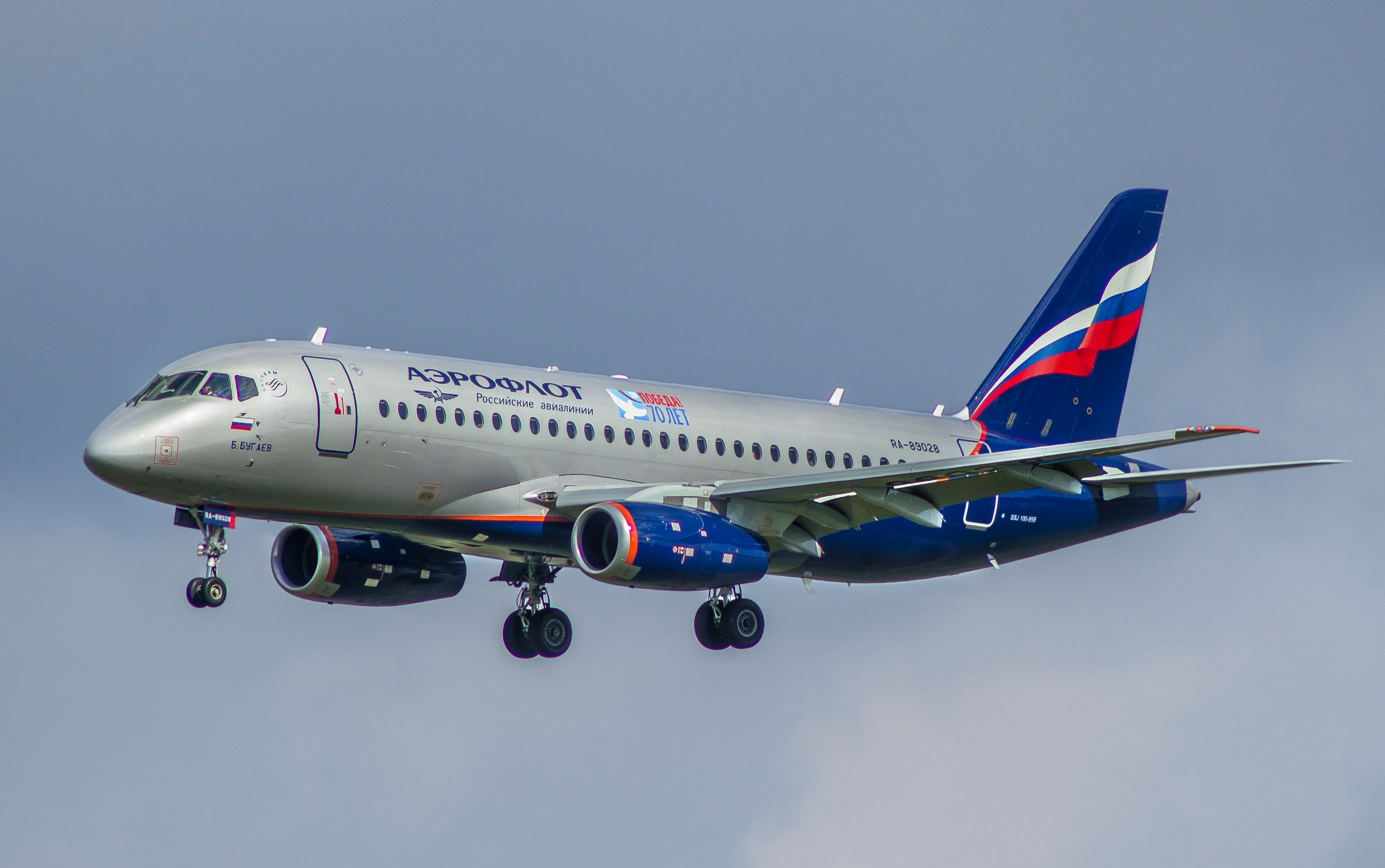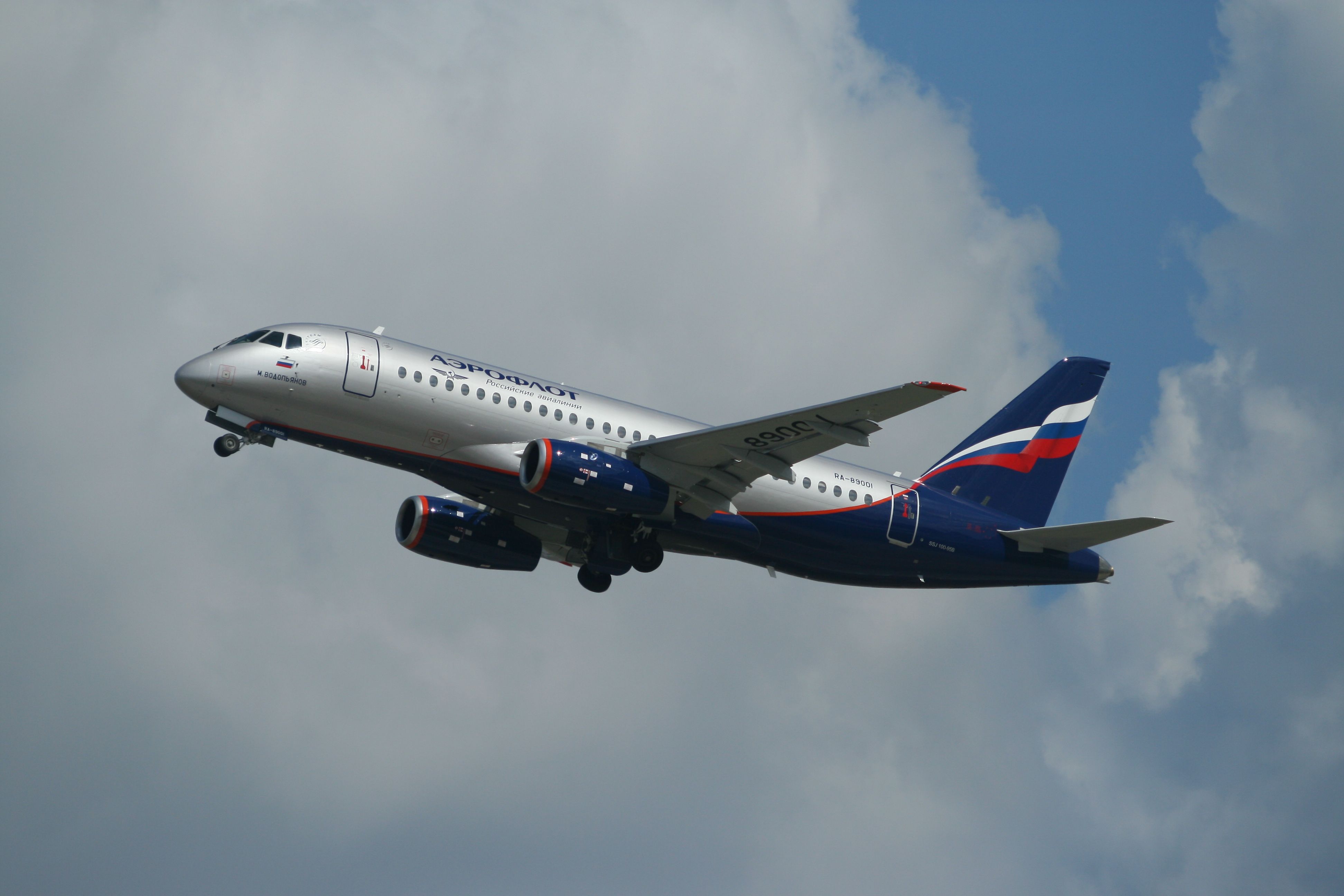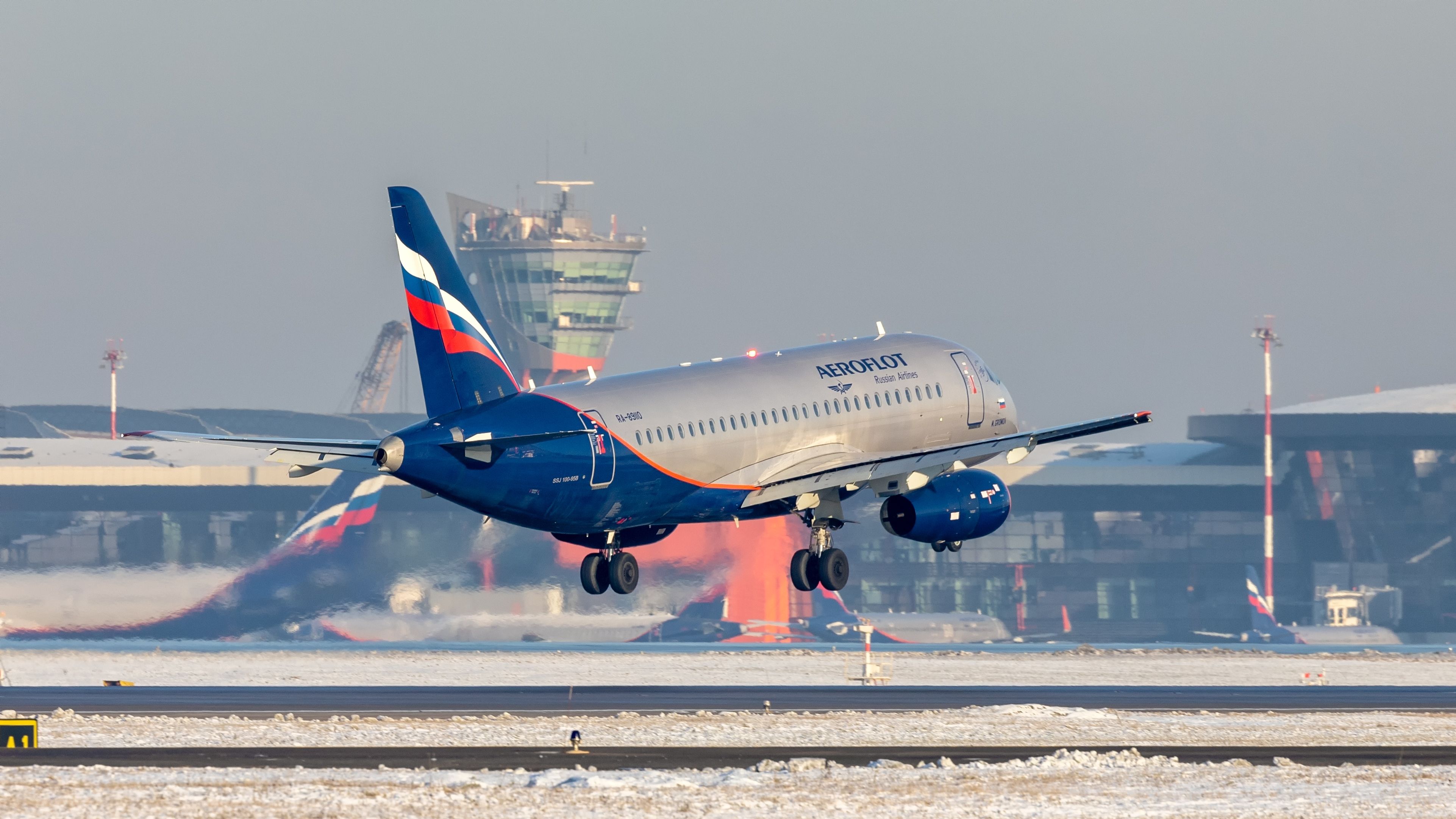On May 5th, 2019, an Aeroflot Sukhoi Superjet crash-landed at Sheremetyevo Airport in Moscow, leading to the death of 41 individuals. Following the crash speculation was rife on what caused the accident. With the Superjet not having the best safety record in the world, and various accounts of depressurization issues, the world was waiting to hear the results of the post-crash investigation.At first, the crash was blamed on a lightning strike that had forced the aircraft to make an emergency landing - however, following a more extensive investigation, the pilot of the aircraft was held responsible. Captain Denis Evdokimov would eventually be subjected to a criminal trial and sentenced to prison for his actions during the crash.
Electrical problems after take-off
According to reports, the aircraft took off as normal at 18:03 from Moscow’s Sheremetyevo Airport, bound for Murmansk, Russia. Visibility was said to be good, although there were some cumulonimbus clouds at around 6,000 feet close to the airport. As the aircraft began its climb from the runway, the flight crew engaged autopilot as normal. At around 8,900ft, at 18:08, there was a failure in the electrical system of the aircraft due to a lightning strike.
Captain Evdokimov was unable to communicate with the approach controller, although he managed to make contact with the base using UHF radio. He took manual control of the aircraft and began to squawk 7600 – meaning loss of radio communication. Turning back towards the airport, the plane overshot the centerline on its initial approach. Turning around in a circle, it began its approach again, heading for runway 24L. Flight data shows that flaps were set to 25 degrees, which is the correct setting for an aircraft of this type landing overweight, as it would have been with a full tank of fuel.
As it began its approach, the squawk changed to 7700 for an emergency, timed at 18:26 with the aircraft at around 1,000ft and descending. At this time, the windshear warning system went off five times - the warning stated, ‘Go around, windshear ahead’.
Bounced to a height of six meters
The aircraft continued its descent, and at a height of 180ft the TAWS warning sounded ‘glide slope’. At this point, airspeed increased to 170 knots. This suggests that the nose was pushed down, and the airspeed increased for reasons unknown.
At 18:30, the aircraft was coming in to land, but it was not going well. It overshot the landing threshold by around 900m, maintaining a speed of 158 knots. When it touched down, nose gear first, the g-force was measured to be the equivalent of 2.55g, causing a bounce to a height of around two meters.
Two seconds later, the aircraft touched down again, this time landing hard on the nose gear with a vertical force of 5.85g. This time the bounce was massive, estimated to be to a height of six meters. This bounce was clearly visible in the videos seen of the incident.
The third and final landing of the aircraft, from such a height, brought a vertical overload of at least 5g. At this point, the aircraft was still traveling at 140 knots. The huge bump with which it crashed into the runway ruptured the wing structure and fuel lines. The aircraft proceeded in a ball of flames, with fire engulfing the entire rear of the aircraft. The Superjet finally came to a halt on grass between runway 24L and a taxiway.
Discover more aviation news with Simple Flying.
During the evacuation of the flight as the rear was in flames, several passengers used up precious time to collect their luggage, rather than exit the aircraft immediately. This meant more passengers could have escaped if people weren’t stopping to collect their luggage. As for the role of emergency services, they were deemed to have arrived at the crash within specified time limits.
What, or who, was responsible?
In the aftermath of the crash, Russian authorities conducted an inquiry that would eventually turn into a criminal investigation into the commander of the aircraft, Denis Evdokimov. Initial reports claiming a lightning strike had caused the crash were premature - authorities charged Evdokimov with violations of the expected procedures and launched an investigation, the final report of which has still to be released.
As the Russian investigation would uncover, nothing in the flight recorder data showed the aircraft failed to respond to pilot control in any way, in direct contradiction to Evdokimov's testimony. The report noted,
"Investigators and specialists studied the flight-recorder data of the crashed aircraft, according to which the aircraft adequately responded to the pilot’s control actions. This information refutes the defendant’s version of a possible aircraft malfunction."
Captain imprisoned for six years
In June 2023, Denis Evdokimov was sentenced to six years in an open prison following Russia's criminal investigation. Authorities noted the pilot was heavy-handed during the landing and committed critical errors, including engaging reverse thrust after the aircraft had bounced, and manually pitching the aircraft downwards too forcibly. Throughout the trial, Evdokimov maintained his innocence and accused the investigation of being "incomplete, biased and not comprehensive".
As for the Superjet, Aeroflot has retired it from its mainline fleet, with the final jet exiting the fleet in September 2022 - however, subsidiary Rossiya Airlines is the largest Superjet operator with over 60 of the type in service. Aeroflot did continue to operate the Superjet in the wake of the 2019 crash, although it scaled back flights considerably. There are still over 100 Sukhoi Superjet's in active service today, the vast majority of which are operated by Russian airlines.
Do you think Denis Evdokimov's sentence was appropriate for his role in the Aeroflot Sukhoi Superjet crash? Let us know your opinions in the comments.



